How IT leaders use agentic AI for business workflows
CIO
APRIL 30, 2025
At ServiceNow, theyre infusing agentic AI into three core areas: answering customer or employee requests for things like technical support and payroll info; reducing workloads for teams in IT, HR, and customer service; and boosting developer productivity by speeding up coding and testing. High-volume, repetitive tasks are ideal for AI.


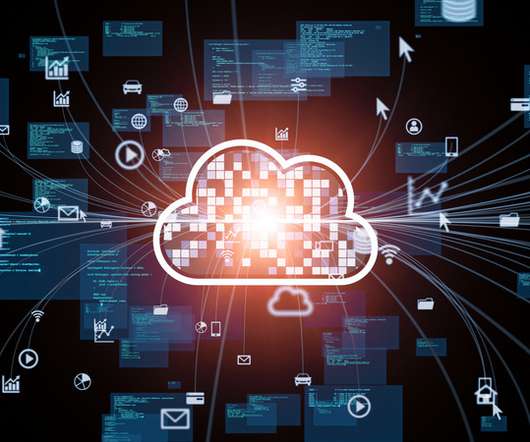




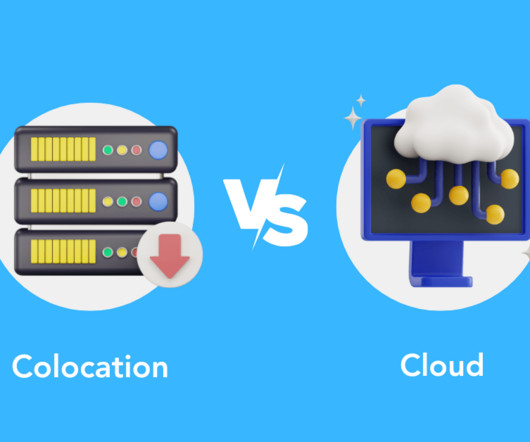
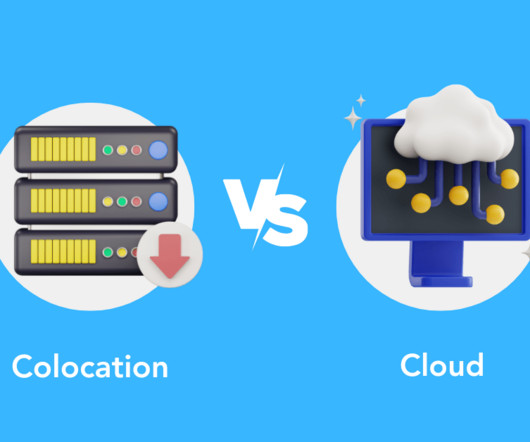


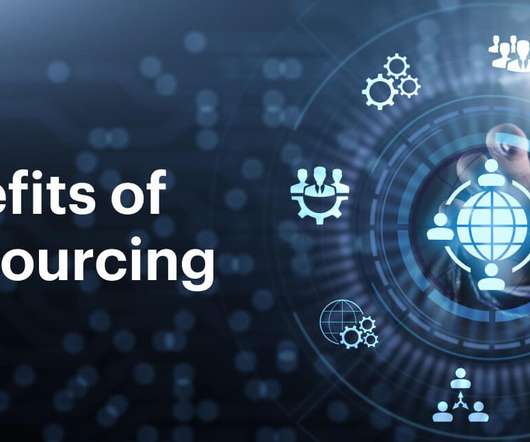


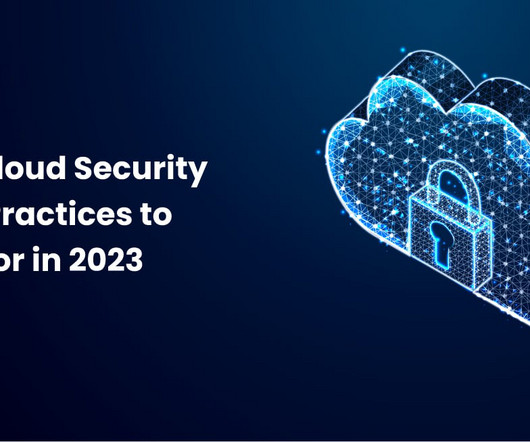









Let's personalize your content